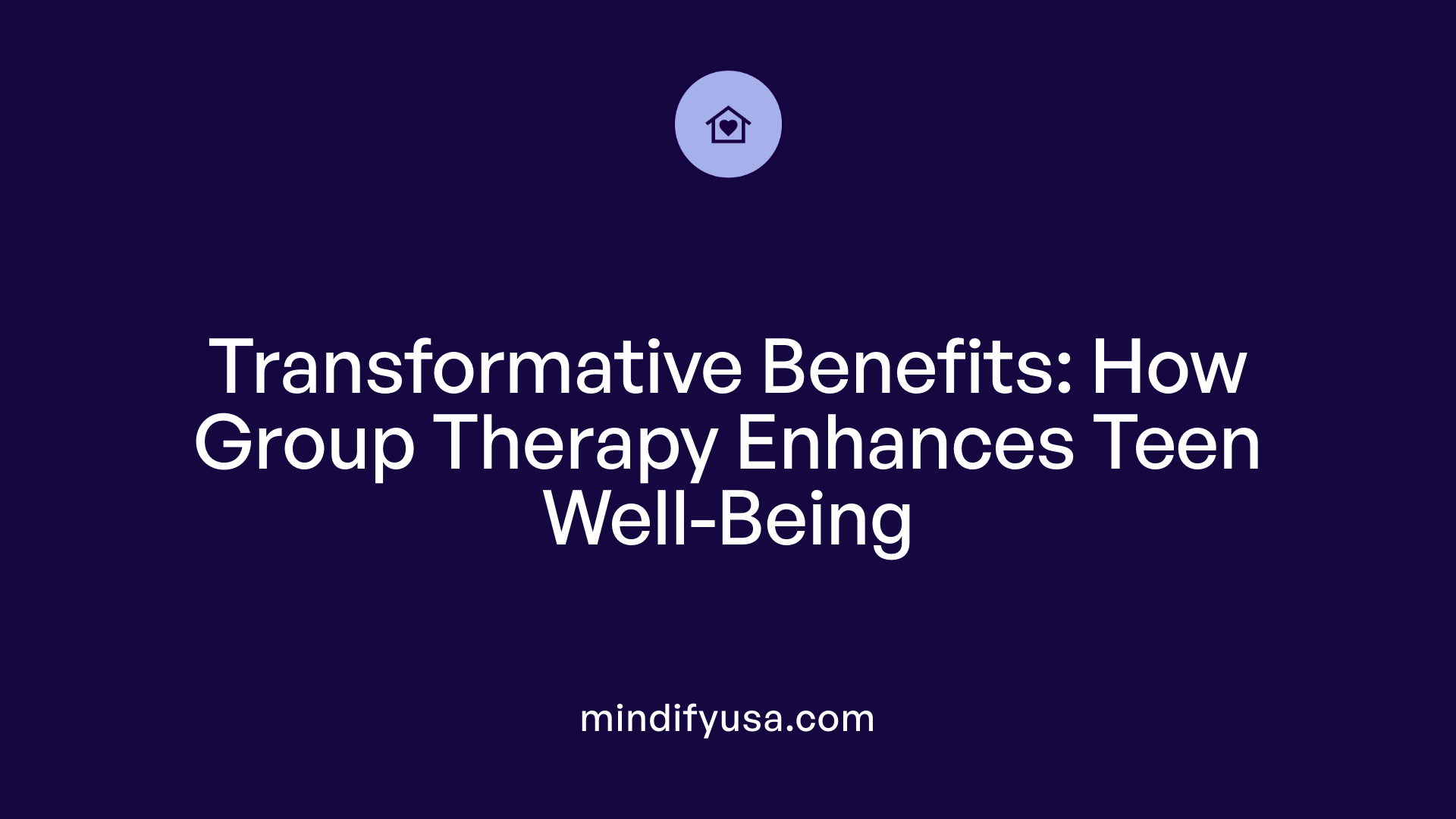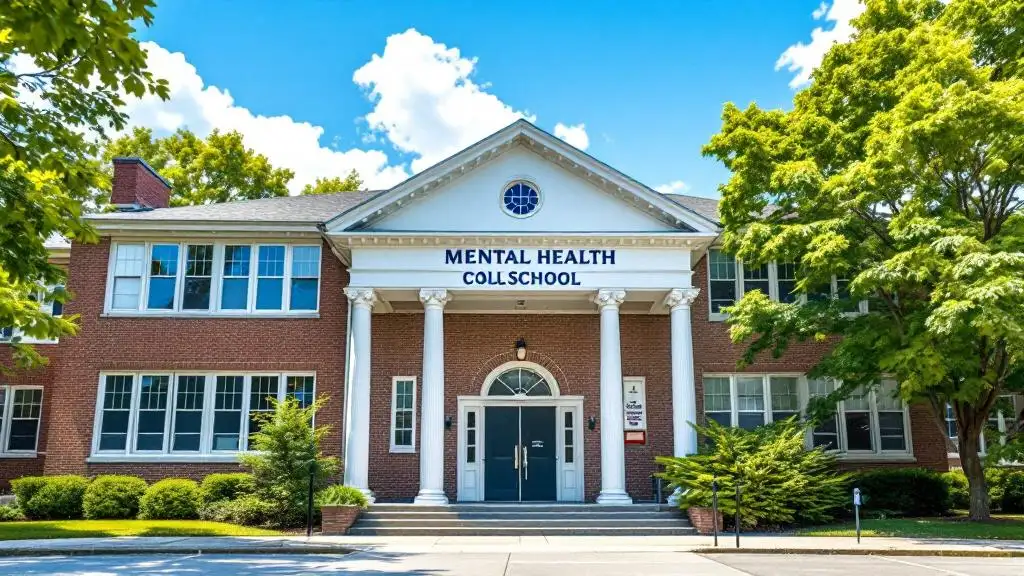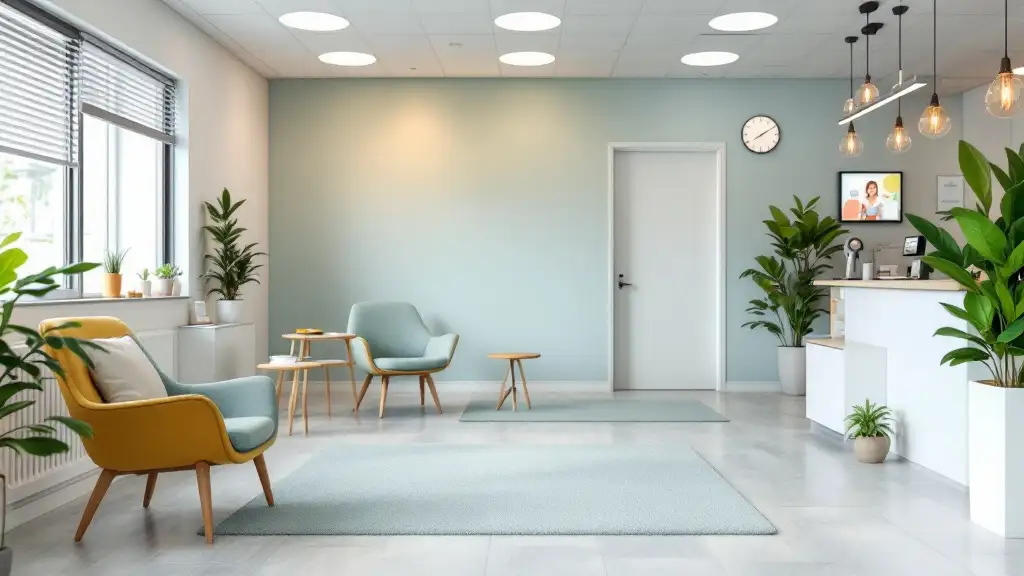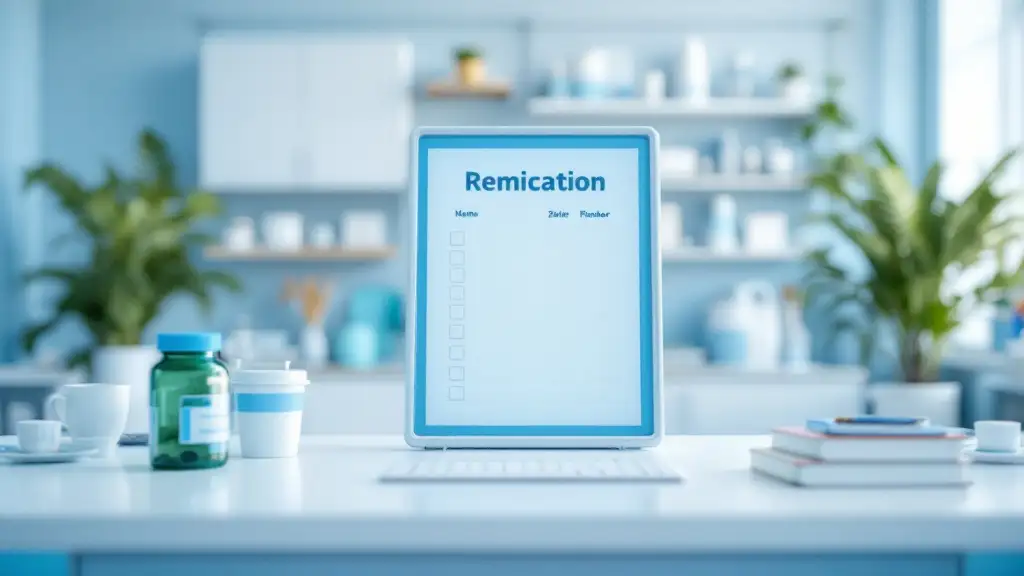Understanding the Surge in Teen-Oriented Group Therapy
Group therapy is increasingly recognized as an effective and accessible approach to supporting teen mental health. Its growing popularity is driven by a combination of research-backed benefits, societal shifts, and evolving treatment paradigms that prioritize peer support, emotional regulation, and social skill development among adolescents.
Target Demographics and Suitability of Group Therapy for Teens

What is the target population for group therapy?
Group therapy primarily caters to teenagers aged 12 to 17 who face various social, emotional, or behavioral challenges. These include conditions such as depression, anxiety, social withdrawal, and difficulties managing anger or identity issues. Often, adolescents are referred for group therapy after diagnostic evaluations at mental health centers, especially when they show signs of mild behavioral disorders, anxiety problems, or social disconnection.
This age group benefits significantly from the supportive environment of group sessions, where they can develop social skills, process emotions, and gain peer support. It’s particularly effective for those experiencing social challenges like bullying, rejection, or peer pressure.
Facilitated by trained and licensed clinicians, group therapy works well alongside individual or family therapy, creating a comprehensive approach that promotes emotional well-being and better social functioning. Overall, adolescent group therapy strives to address mental health issues and social difficulties, helping teens grow emotionally and develop healthier relationship skills.
Who is the origin of group therapy and when did it become widely used?
Group therapy was developed in the early 20th century, with initial contributions by Pratt in 1906 and Sigmund Freud in 1922. Its organization and adoption in mental health practices expanded during the 1940s, especially in the U.S., when professional organizations like the American Group Psychotherapy Association were founded in 1942. The increase in its use was driven partly by the needs of military hospitals during World War II, where large groups of psychiatric casualties were treated using this method.
After the war, influential figures like Jacob L. Moreno and Irvin Yalom further developed and promoted group therapy techniques on a global scale. Today, it is recognized as a fundamental and effective form of mental health treatment, applicable to a wide range of psychological issues.
Why is group therapy gaining traction among adolescents?
One reason for the rising popularity of group therapy among teens is its cost-effectiveness. As it offers an affordable alternative or complement to individual therapy, more young people and families can access mental health services.
Research consistently shows that group therapy is just as effective as individual therapy for many conditions, including depression, anxiety, and behavioral issues. Studies involving over 50 clinical trials support its role in fostering emotional growth, improving social skills, and decreasing feelings of loneliness and stigma.
The peer support aspect of group therapy plays a critical role: hearing from peers with similar experiences can be more inspiring than waiting for guidance from a therapist alone. It encourages honest sharing and empathy, which promotes feeling understood and less isolated.
Additionally, structured group programs tailored specifically for adolescents address common challenges such as peer pressure, emotional regulation, self-esteem, and mental health resilience. This makes group therapy particularly attractive to teens navigating the complexities of adolescence.
The accessibility and affordability of group sessions are key factors driving its increase in popularity. Many young people face barriers to individual therapy, such as cost, stigma, or limited availability, whereas group therapy often provides a supportive, engaging, and less intimidating environment.
In conclusion, group therapy combines evidence-based practices with the unique developmental needs of adolescents, making it a valuable tool in contemporary mental health strategies for youth.
The Benefits and Outcomes of Participating in Group Therapy

What are the benefits of group therapy for adolescents?
Group therapy offers a range of advantages for young people navigating mental health challenges. It helps develop essential social skills, such as communication, conflict resolution, and teamwork, which are crucial during adolescence. At the same time, it fosters self-confidence as teens experience validation and support from peers.
One of the core benefits is emotional regulation. In a structured, supportive environment, teens learn to process their feelings, develop coping strategies, and navigate emotional stressors more effectively. Sharing personal experiences with peers facing similar issues reduces feelings of loneliness and stigma, making them feel understood and connected.
Sessions often include activities like discussions, role-playing, and group exercises that promote empathy and perspective-taking. According to research, adolescents participating in group therapy show improvements in emotional well-being, social functioning, and self-esteem compared to those who do not engage in such programs. Overall, it acts as a powerful intervention helping teens manage complex social and emotional challenges during this vital life stage.
Why Group Therapy is a Preferred Choice for Teen Mental Health Treatment

Why is group therapy considered a preferred approach for teen mental health?
Group therapy is increasingly recognized as a beneficial treatment modality for adolescents facing mental health challenges. This approach creates a safe, supportive environment where teens can share their experiences with peers who are dealing with similar issues, such as depression, anxiety, bullying, and identity struggles. By fostering a sense of belonging, group therapy helps reduce feelings of isolation and stigma that many teens experience.
Adolescence is a critical developmental period marked by emotional upheaval and social changes. Teens are learning to regulate their emotions, develop social skills, and build self-esteem. Group therapy addresses these needs effectively by encouraging peer interactions that promote emotional regulation, social competence, and resilience.
Research supports the effectiveness of group therapy, showing that adolescents participating in these programs have a 73% better outcome compared to those who do not. The shared environment allows members to learn from each other’s experiences, provide mutual support, and develop healthier coping strategies.
In terms of effectiveness compared to individual therapy, studies indicate that group therapy can be just as successful in treating various issues such as depression, anxiety, trauma, and behavioral problems. Over 50 clinical trials have demonstrated its efficacy, making it a reliable alternative or complement to one-on-one sessions.
From an economic perspective, group therapy is more cost-effective and accessible. It often involves shorter, structured sessions — typically an 8-10 week program with sessions held three times a week — that include activities like check-ins, skill-building exercises, and family participation. Its affordability allows more teens to access treatment, especially in communities where mental health resources are limited.
Furthermore, group therapy nurtures resilience by encouraging altruism—supporting others can boost the self-esteem of participants. The social support gained helps teens develop vital skills such as communication, conflict resolution, and problem-solving, which are essential for healthy adolescent development.
Different types of group therapy, including psychoeducational, support, and process-oriented groups, cater to diverse needs. For instance, psychoeducational groups focus on teaching coping skills, while support groups provide emotional validation and sharing, and process groups delve into self-exploration.
Therapists often lead groups with two facilitators, which has been found to enhance outcomes due to the variety of perspectives and better handling of complex interactions. Observing relational dynamics in real-time allows therapists to guide discussions and foster a safe environment.
Participants also benefit from the therapeutic virtues cultivated in group settings, like hope, gratitude, and forgiveness, which contribute to overall mental well-being. These programs can address systemic issues like marginalization, fostering inclusiveness and understanding across diverse groups.
In summary, group therapy aligns well with the developmental and emotional needs of teens. It offers an effective, accessible, and empowering atmosphere for growth, connection, and recovery. With growing evidence supporting its comparable efficacy to individual therapies, and its cost advantages, group therapy stands out as a preferred treatment option for supporting adolescent mental health.
The Role of Evidence and Psychological Theories Supporting Group Therapy

What evidence supports the effectiveness of group therapy?
Research provides extensive backing for the positive impact of group therapy. Over 50 clinical trials validate its utility across various mental health conditions, including anxiety, depression, post-traumatic stress disorder (PTSD), eating disorders, and substance abuse. Notably, studies have shown that adolescents participating in group therapy have a 73% higher chance of experiencing better outcomes compared to those who do not engage in such treatment.
Meta-analyses further underscore its efficacy, especially among marginalized populations like LGBTQ+ youth and refugees, where shared experiences foster cohesion and support. The core principles of shared identity and purpose play a vital role in its success. Moreover, recent research grounded in positive psychology highlights how group environments foster the development of virtues such as hope, gratitude, resilience, and altruism, which are linked to improved mental health and greater life satisfaction.
This evidence suggests that group therapy is as effective as individual therapy in many cases, offering a cost-effective and accessible alternative that produces meaningful improvements, especially when tailored to the needs of teens.
How do psychological theories underpin the benefits of group therapy?
Several psychological frameworks explain why group therapy benefits adolescents and young adults. Central among them is attachment theory, which stresses the importance of secure emotional bonds. In a group setting, teens often develop feelings of universality and safety, which foster trust and secure attachments, ultimately enhancing their social functioning.
Positive psychology emphasizes the cultivation of virtues—such as hope, gratitude, humility, and forgiveness—that promote mental resilience. Within group dynamics, these virtues are actively fostered, creating a supportive environment that encourages growth and emotional well-being.
Furthermore, social learning theory and cognitive-behavioral models support the idea that peer interactions serve as valuable learning experiences. Teens observe, model, and internalize positive behaviors demonstrated by peers, which facilitates insight and behavioral change.
Together, these theories illuminate how group therapy enhances emotional intelligence, empathy, social skills, and self-esteem—elements fundamental to adolescent development and mental health recovery. The interplay of attachment, positive virtues, and social learning creates a comprehensive framework that explains the enduring benefits of peer-supported therapy environments.
The Future of Teen Group Therapy: Trends and Innovations
Online and virtual group therapy
The landscape of teen group therapy is rapidly evolving with the integration of online and virtual platforms. Due to the pandemic, virtual therapy sessions have surged in popularity, proving to be as effective as traditional in-person meetings, though further research is ongoing to optimize online dynamics.
Online group therapy increases accessibility for adolescents, especially those in remote or underserved areas. It allows teens to participate from the comfort and safety of their homes, reducing barriers such as transportation and scheduling conflicts.
Therapists are now designing digital session structures that include interactive activities like breakout rooms, digital polls, and multimedia resources to foster engagement. The virtual environment also facilitates the inclusion of supplementary educational content, support resources, and real-time feedback.
Despite its advantages, online therapy requires careful moderation to maintain confidentiality, manage technological issues, and create a safe space for open sharing.
Integration of positive psychology and virtues
Emerging approaches are incorporating principles from positive psychology, emphasizing the cultivation of virtues such as hope, gratitude, forgiveness, humility, and meaning in life within group settings. These virtues are shown to enhance resilience and overall well-being.
Research demonstrates that fostering virtues helps adolescents develop a sense of purpose, reinforce optimistic outlooks, and build emotional intelligence. For example, activities that promote gratitude or mindfulness can be embedded into sessions to reinforce these qualities.
This virtuous framework encourages not only symptom reduction but also the development of personal strengths and character traits that support long-term mental health.
Tailoring groups to cultural and systemic needs
Recognizing the diversity among teens, future group therapy models are increasingly being tailored to address cultural, systemic, and individual needs. Culturally sensitive approaches respect differing values, communication styles, and familial structures, making therapy more effective and inclusive.
For marginalized or oppressed groups, group therapy can serve as a platform to address systemic issues like discrimination, identity, and marginalization. Incorporating culturally relevant content and facilitators with diverse backgrounds fosters trust and openness.
Additionally, systemic considerations such as family dynamics, social environment, and community support are increasingly integrated into the therapy process, enhancing relevance and efficacy.
Ongoing research and evidence-based improvements
Continuous research underpins the evolution of teen group therapy. Over 50 clinical trials support its effectiveness, and meta-analyses affirm its comparability to individual therapy across various disorders.
Innovations in assessment tools and real-time data collection help therapists tailor interventions more precisely. Research also emphasizes the importance of group cohesion, shared identity, and leadership styles for success.
The integration of attachment theory and virtues research informs more comprehensive frameworks that promote emotional regulation, social competence, and resilience.
Furthermore, ongoing studies explore advanced methodologies like combining online formats with augmented reality or gamification to increase engagement and retention.
This evidence-based approach ensures that group therapy remains adaptive, effective, and relevant for contemporary adolescent mental health challenges.
| Trend/Innovation | Description | Impact |
|---|---|---|
| Online and virtual modalities | Digital platforms enabling remote group sessions | Increased accessibility, convenience, and resource sharing |
| Virtue-based interventions | Incorporation of positive psychology to develop hope, gratitude, etc. | Enhanced resilience, purpose, and long-term well-being |
| Cultural and systemic tailoring | Customized approaches respecting cultural diversity and social issues | Improved engagement and relevance for diverse populations |
| Evidence-based technology integration | Use of real-time data, gamification, AR, and multimedia tools | More engaging sessions, better outcomes, and data-driven improvements |
These advancements highlight a promising future, aiming to make teen group therapy more inclusive, engaging, and effective in addressing the multifaceted mental health needs of adolescents.
Summary: The Growing Impact of Group Therapy on Teen Mental Health
The rise of group therapy among teens reflects a broader shift toward holistic, accessible, and community-based mental health care. Its proven effectiveness, cost efficiency, and ability to foster peer support make it an increasingly preferred choice for addressing the unique social and emotional challenges adolescents face today. As research continues to evolve and new modalities like online and hybrid formats emerge, group therapy stands poised to play an even more vital role in supporting teen resilience, well-being, and growth.
References
- Why group youth therapy might be a better option than individual ...
- Power in numbers - American Psychological Association
- Group Therapy For Teens: A Complete Parents Guide
- How Group Therapy Empowers Teens - Visions Treatment Centers
- Group Therapy for Teens: Finding Connection and Healing Together
- Benefits of Group Therapy For Teens - Psychologist in Danville, CA
- New horizons in group psychotherapy research and practice from ...
- Why Group Therapy for Teens Is A Good Option - Core Recovery
- The Benefits of Teen Group Therapy | Clear Behavioral Health
- Group therapy is as effective as individual therapy, and more ...






































































































